Our Sardinia tour took us from Olbia along the north coast to the other side, to Alghero. From there, we headed west and were amazed by the island’s diversity. Rugged limestone cliffs and impressive rock formations, the deep blue Mediterranean, picturesque towns, stunningly beautiful beaches, rolling hills, and, at the end, even large flamingo colonies awaited us.
In the following article, we would like to introduce you to our most beautiful sights in Sardinia in the west and take you on a virtual tour through this enchanting region. Have fun browsing!
What else you should know
- Sardinia’s highlights in the north
- Sardinia’s highlights in the south
- Sardinia’s highlights in the east
- The most beautiful beaches on the island
- Costs of our Sardinia tour
- Our beautiful Accommodations
- Travel preparation for Sardinia
- 16-day Sardinia round trip
- What else you should know
- Sardinia sights in the west – an overview
- 1. Panoramic road from Alghero to Bosa
- 2. Bosa – the most beautiful town in Sardinia
- 3. Mountain village of Santu Lussurgiu
- 4. The authentic town of Oristano
- 5. Exploring the Sinis peninsula
- 6. Dune di Piscinas
- 7. Pan di Zucchero & Porto Flava
- 8. Nebida panoramic path
- 9. S’Ortu Mannu Olive Tree Park
- 10. Exploring Iglesias
- Sardinia Sights in the West – Our Conclusion
- How much time should I plan for western Sardinia?
- When is the best time to travel to Sardinia?
- Which accommodations can you recommend?
- How much does a rental car cost in Sardinia?
- How much does a Sardinia tour cost?
- Which travel guide should I use for planning?
Sardinia Sights in the West – An Overview
On the map below, we have marked our most beautiful western Sardinia sights. For the west coast of Sardinia, we recommend at least 4 to 5 days so you can explore the many beautiful corners in peace.
The more time you have, the better. We spent 1 night in Alghero, 2 nights in Oristano and 2 nights in Carbonia. This meant we were able to take a leisurely look at the Sinis Peninsula, the beautiful town of Bosa, and the famous Pan di Zucchero.
Our entire route at a glance:
- 2 nights in Olbia
- 2 nights in Santa Teresa Gallura
- 2 nights in Porto Torres
- 1 night in Alghero
- 2 nights in Oristano
- 2 nights in Carbonia
- 2 nights in San Vito
- 2 nights in Santa Maria Navarrese
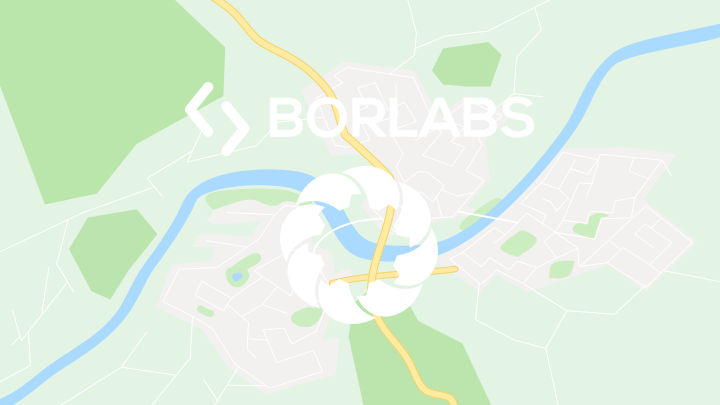
By loading the map, you accept Google’s privacy policy.
Find out more
Load map
1. Panoramic road from Alghero to Bosa
After exploring the beautiful old town of Alghero, our Sardinia tour continued toward the west coast. We chose the panoramic road “Strada Provinciale 105,” which winds its way through the untouched landscape along the west coast. We were repeatedly surprised by stunning views of the sea during the drive and enjoyed the pristine and lush nature of this area.
The west coast between Alghero and Bosa is largely undeveloped, so most of the time it was just us, the car, and the sea. Behind every bend, new views opened up along the impressive rock formations and rugged cliffs that plunge steeply into the sea. Not only the turquoise to deep blue sea is particularly beautiful, but also the green hilly landscape of the unspoiled west coast.


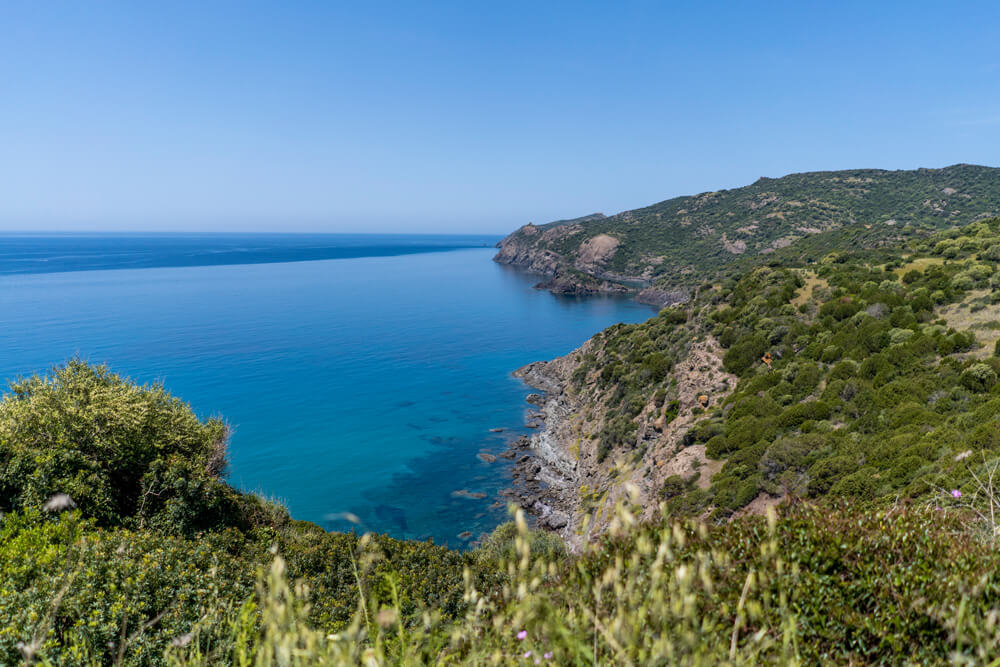
2. Bosa – The Most Beautiful Town in Sardinia
After about 90 minutes, we reached one of the most beautiful towns in Sardinia, which has just under 7,800 inhabitants. Here in the west of the island, in the province of Oristano, picturesque alleys, colorful townhouses, green palm trees, colorful fishing boats, and an incomparable charm awaited us.
We parked the car for free on the banks of the Temo River (just before the Ponte Vecchio bridge) and then took a leisurely stroll through the town. We can only recommend that you simply let yourself go and soak up the wonderful atmosphere.


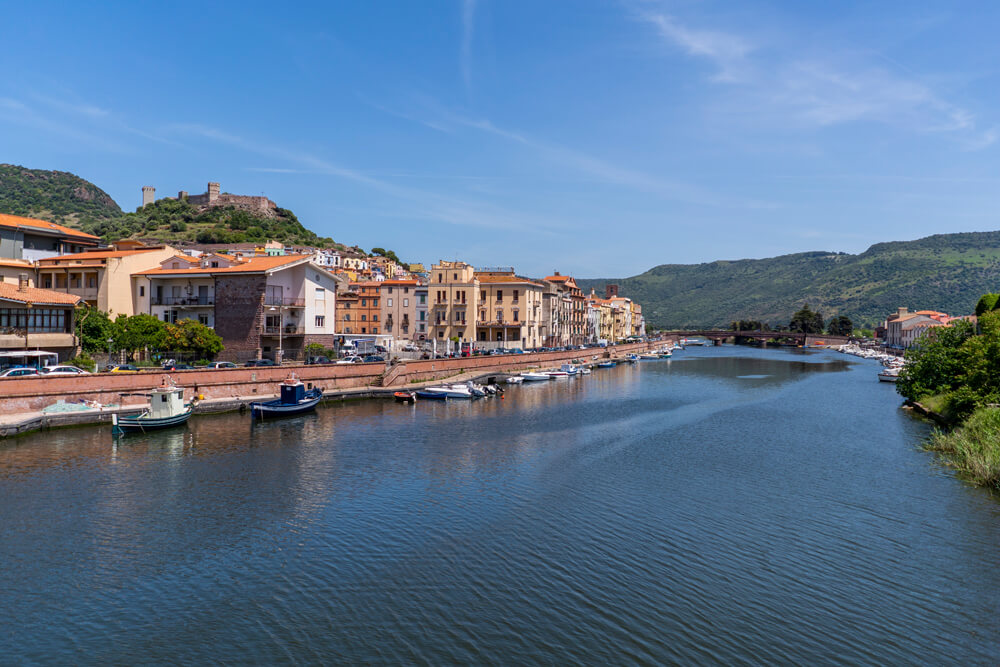
Stroll along Corso Vittorio Emanuele, lose yourself in the maze of picturesque alleys, enjoy a refreshing drink in one of the many beautiful cafés, visit the 16th-century Cattedrale dell’Immacolata Concezione, or climb the numerous stairs to the ruined Castello Malaspina and enjoy the wonderful view over the old town and the river. Just about 3 kilometers west of the town is the small harbor and the expansive beach, which is especially popular with families and water sports enthusiasts.
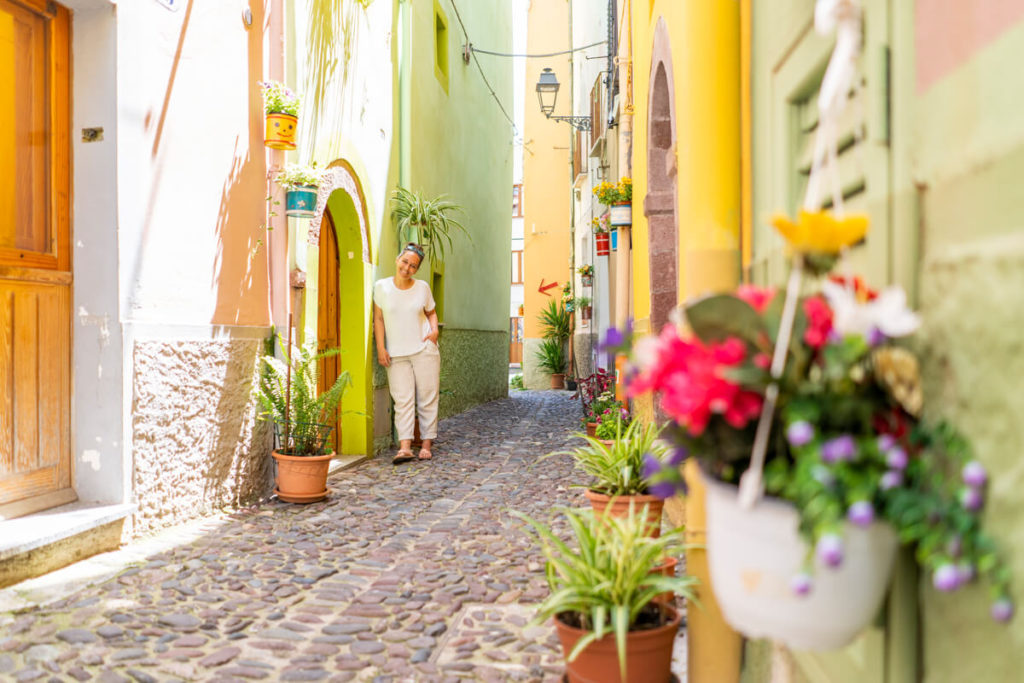
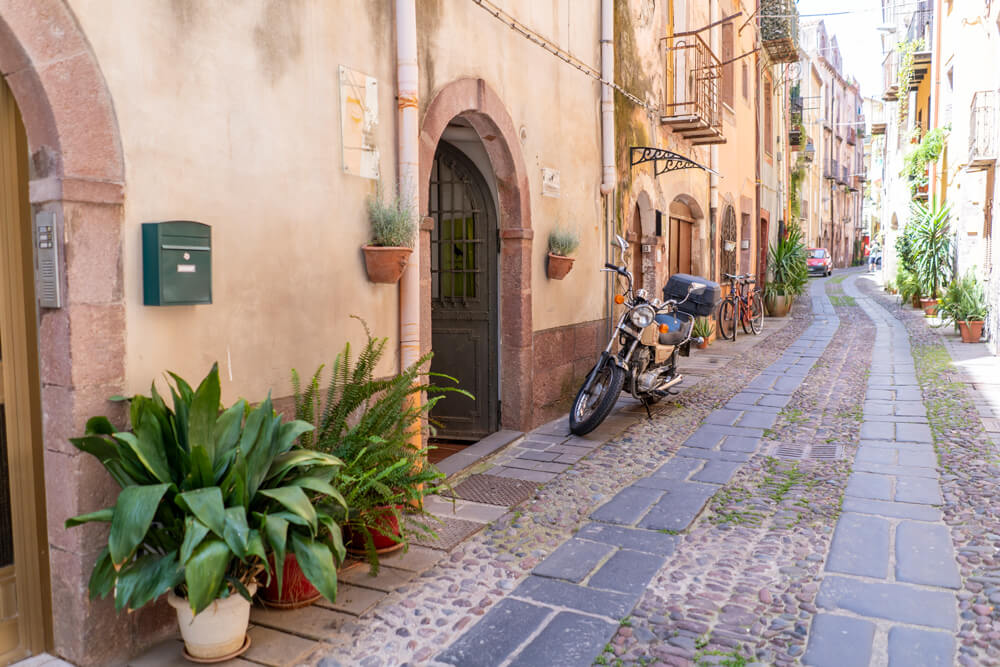
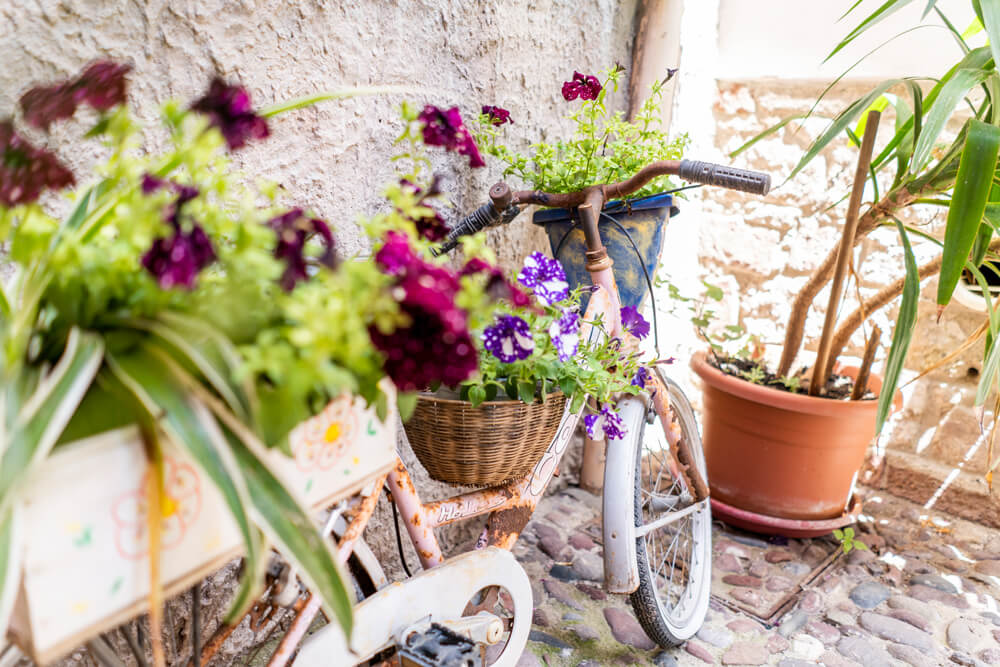
3. Mountain Village of Santu Lussurgiu
Between Bosa and Oristano lies the small, charming mountain village of Santu Lussurgiu, surrounded by lush forests and countless springs. Between the 19th and 20th centuries, aristocrats and literary figures in particular came to this once famous cultural center and spent their summers there. Today, vacationers enjoy strolling through the winding streets of the old town, marveling at Sardinian handicrafts (especially the famous shepherd’s knives), or discovering the Seven Springs (Siete Fuentes) in Leonardo’s forest.
4. The Authentic Town of Oristano
For exploring the Sinis Peninsula, the small and authentic town of Oristano was the perfect starting point for us. Here, we booked two nights in a wonderful B&B, enjoyed the cozy atmosphere of the historic old town among the locals in the evenings, and explored the diverse region during the day.
Oristano itself awaits you with several beautiful squares (e.g., Piazza Eleonara), several churches worth seeing, and numerous restaurants, cafés, and shops. The pizzas at Pizzeria Civico 35 are highly recommended. Around the harbor you can regularly spot numerous flamingos, which like to stay there. But you’ll certainly see them on your way to the Sinis Peninsula.
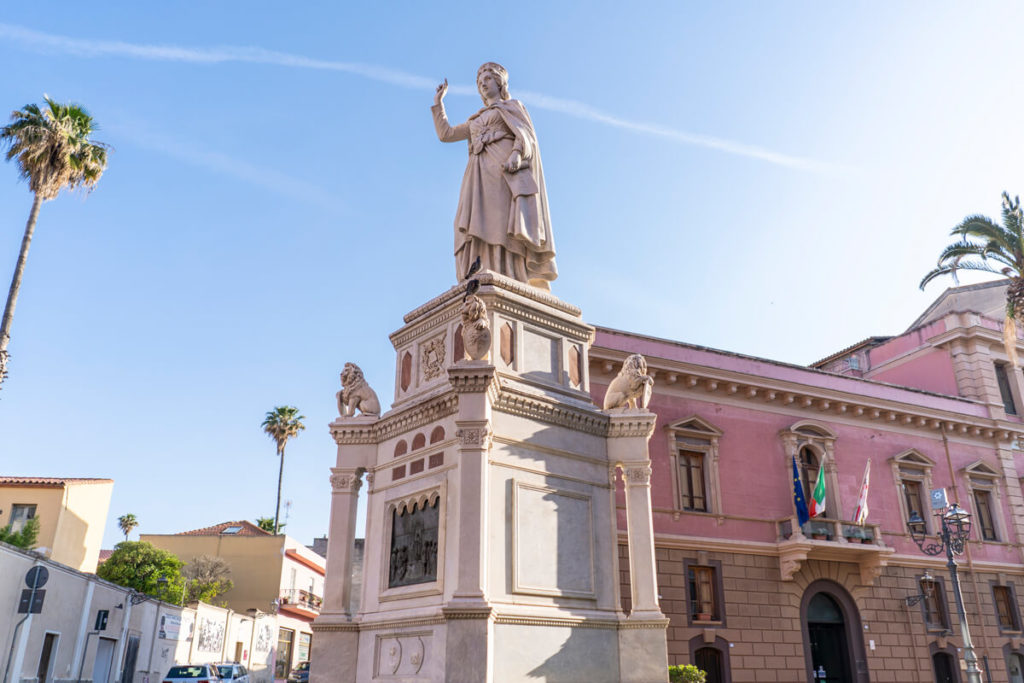
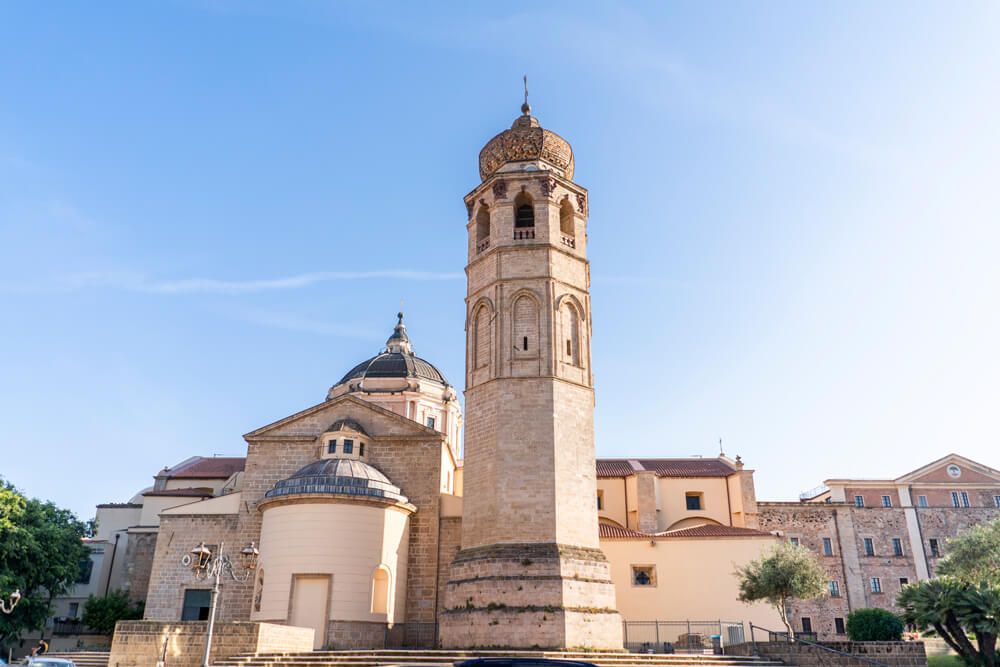

5. Exploring the Sinis Peninsula
One of the top sights in western Sardinia is definitely the diverse and breathtaking Sinis Peninsula, which is only about 19 km long and up to 8 km wide. This peninsula is located in the far west of the island and should NOT be missed on your tour, as numerous highlights await you here.
Be sure to take a trip to Capo San Marco and enjoy the incredibly beautiful view of the sea and the beaches from the tower (Torre spagnola di San Giovanni di Sinis). If you continue along this path a little further, you will reach the lighthouse (Faro di Capo San Marco) at the end of the peninsula.
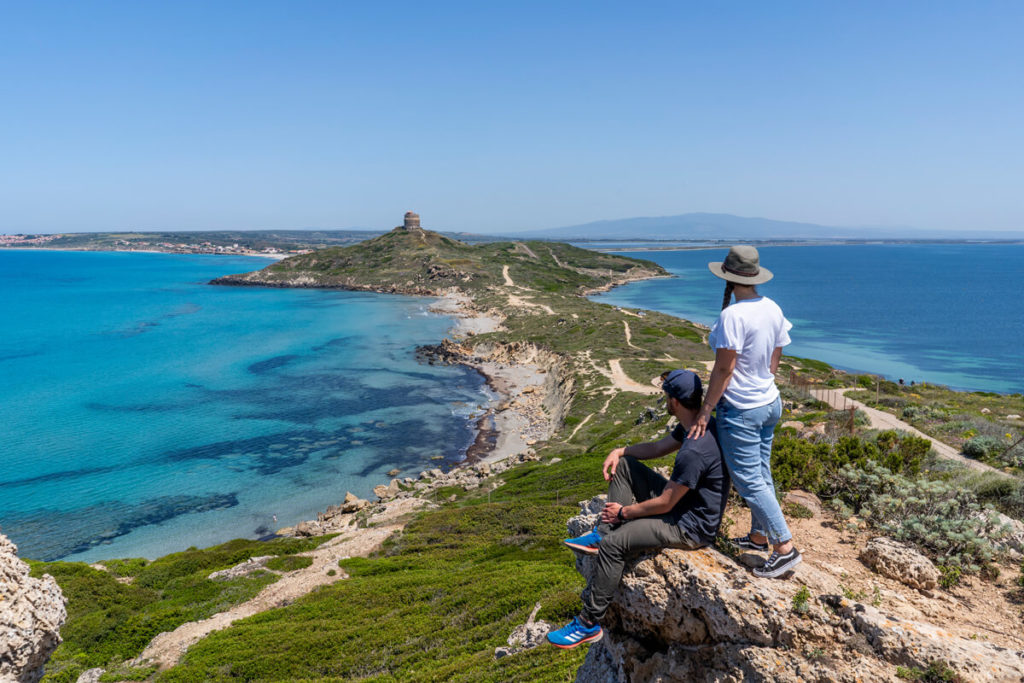
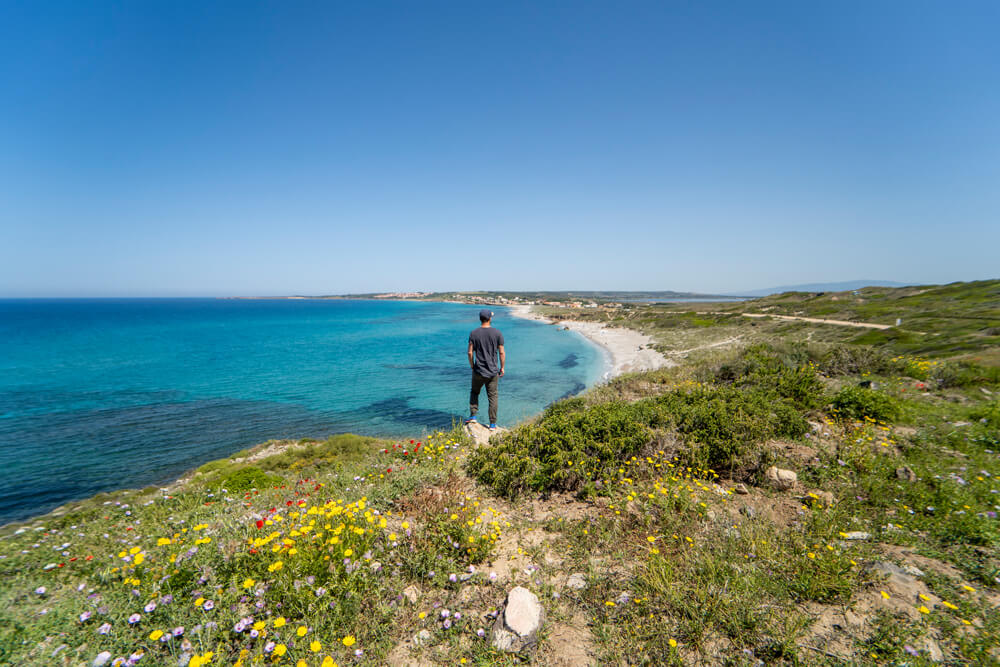

But there’s even more to discover on the Sinis Peninsula. We recommend a detour to the beaches Spiaggia di Is Arutas and Mari Ermi. Here, you won’t find your usual sandy beaches, but rather small quartz pebbles in the most beautiful colors, roughly the size of a grain of rice. Hence the name “rice grain beach”, which you’ll come across again and again during your research on the peninsula. The turquoise and crystal-clear sea makes these beaches absolutely dreamy, and can easily compete with the Caribbean.
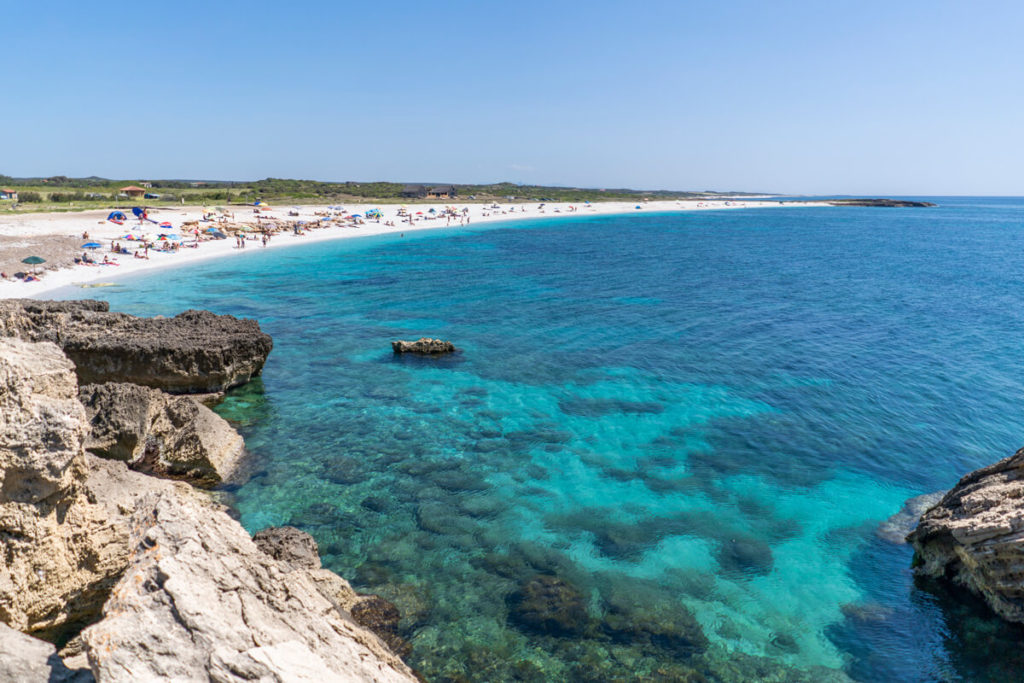
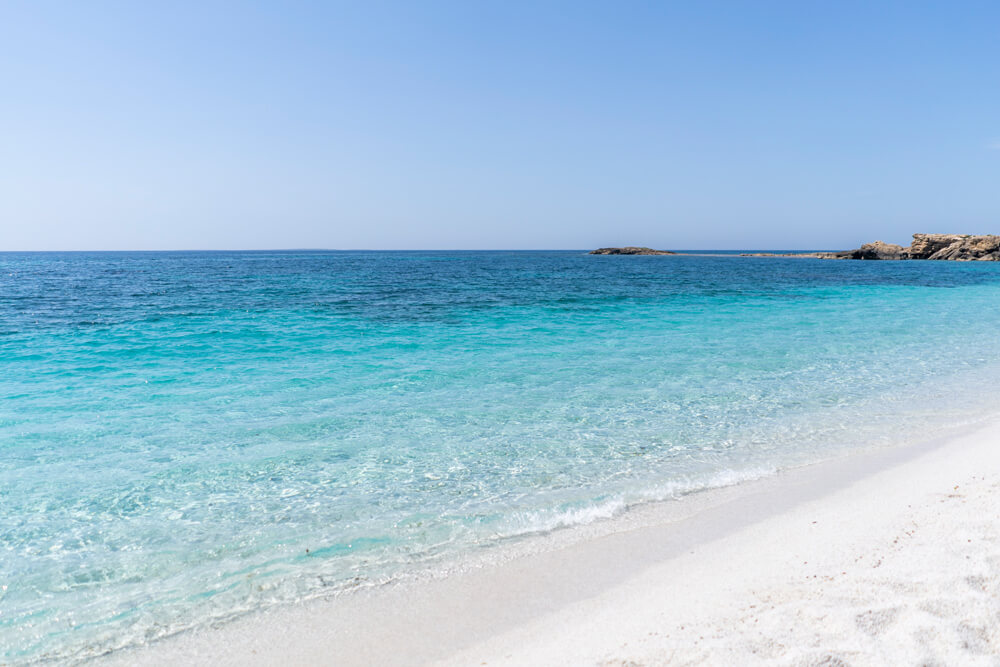

More tips for the peninsula:
- Beach restaurant Lido Bar Trattoria for a small snack by the sea
- Watching flamingos: Laguna di Mistras, Stagno di Carbas, Salina Manna
- Beaches: Spiaggia di Putzu Idu, Spiaggetta di Capo Mannu, Sa Mesa Longa
- Excavation site of ancient Tharros
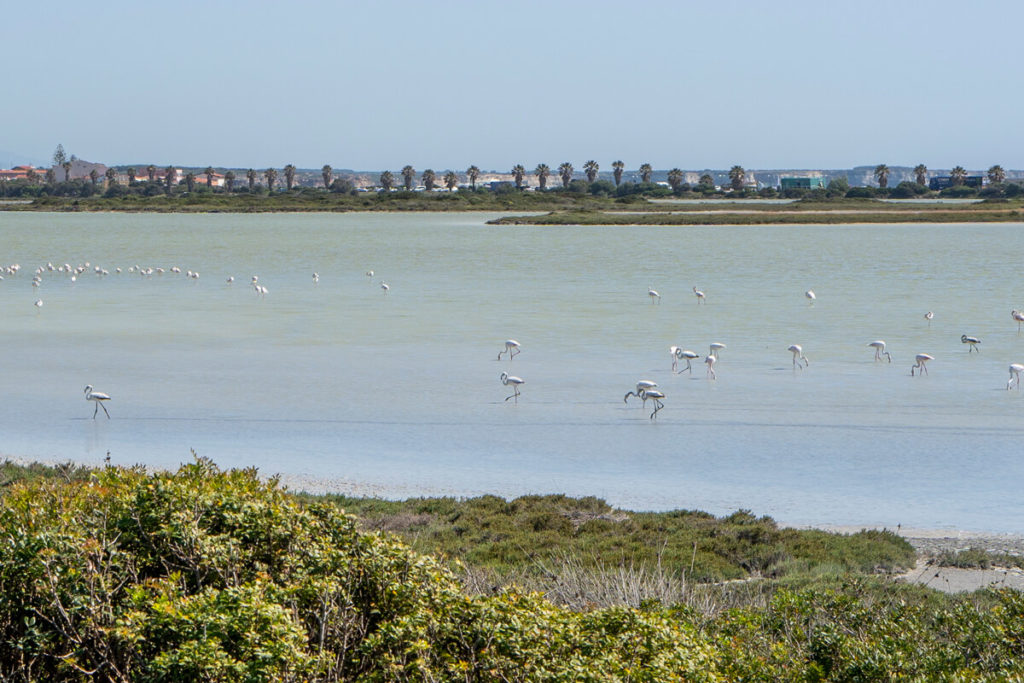
6. Dune di Piscinas
If you have enough time, you should make a detour to the large dunes of Piscinas. Unfortunately, it wasn’t on our route, but we read many good reviews about the dunes on Google. This dune is one of the largest in Europe after the Dune du Pilat in France and awaits you with a maximum height of 100 meters. WOW!
The bright, ochre-yellow sand of the desert, which moves in the wind, invites you to relax and have fun. The approach, however, is said to be somewhat bumpy and not without its challenges. A little more ground clearance would certainly be an advantage here.
7. Pan di Zucchero & Porto Flava
While exploring the west coast of Sardinia, we naturally also drove near the striking rock “Pan di Zucchero.” This 132-meter-high rock is located in the Bay of Masua and is considered a landmark of the coast around Iglesias. The rock gets its name from its resemblance to the famous Pão de Açúcar in Rio de Janeiro.
You can, of course, enjoy a beautiful view of the rock directly from the beach (Spiaggia di Masua) or during a hike to the former seaport of Porto Flavia. This approximately 600-meter-long tunnel, which was hewn into the rock, was once used for mineral production.
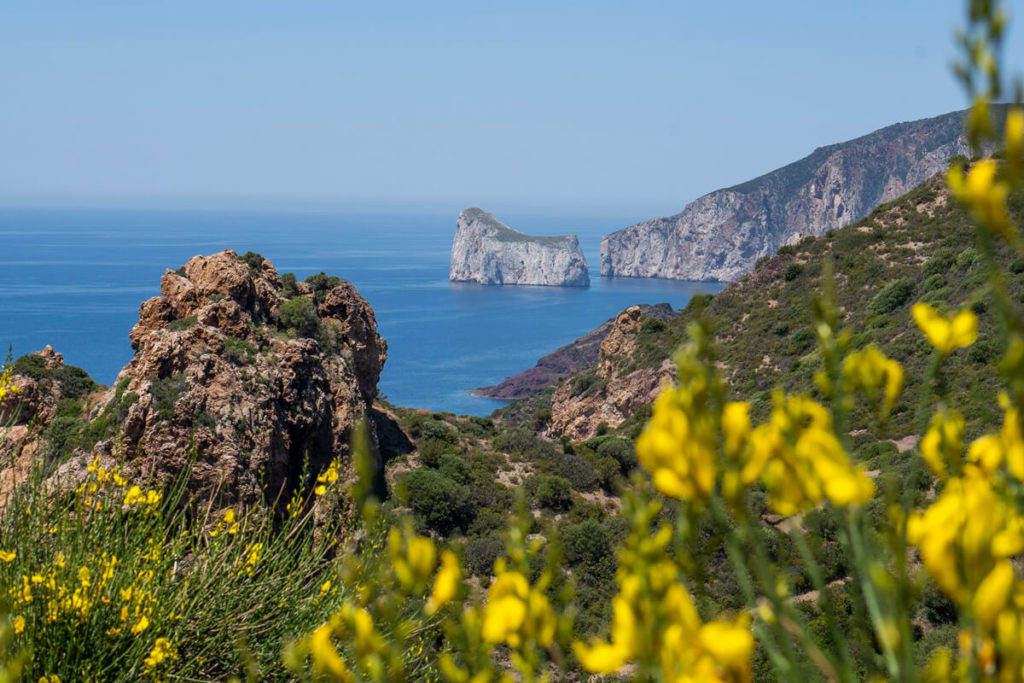
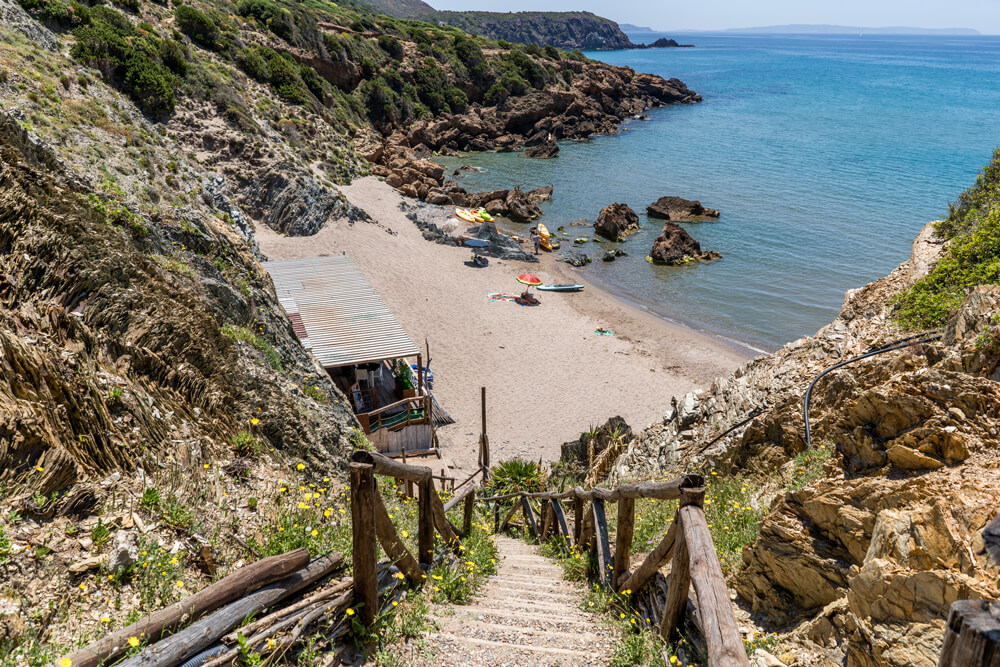
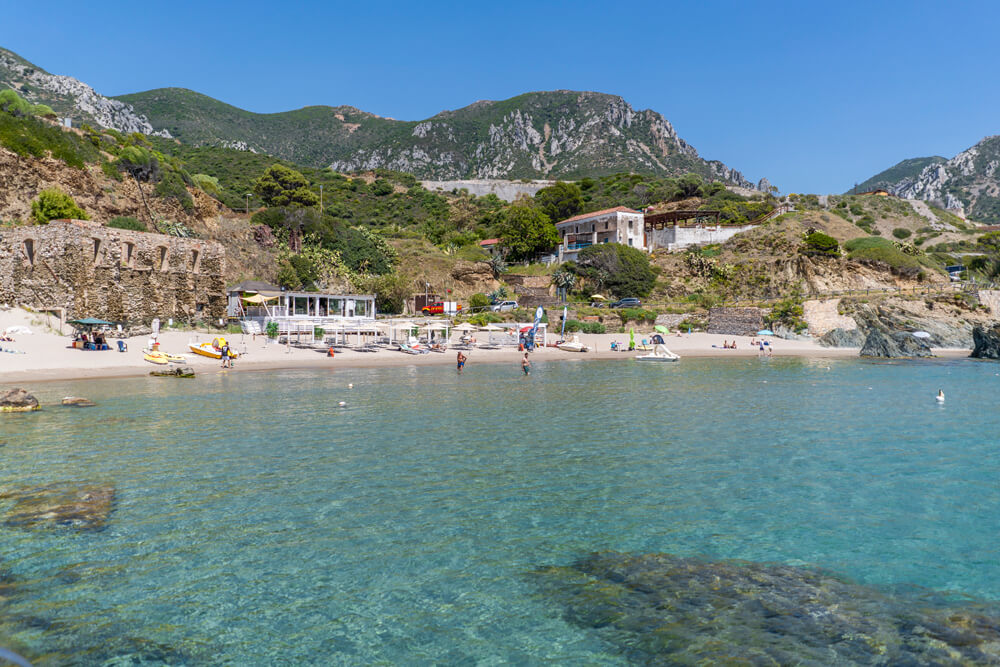
You can take a closer look at the rock and the tunnel and book a boat tour directly on Masua beach. Various tours are offered there, which will take you, among other things, to the popular photo motif of Porto Flavia, to the rock itself and to other bays and grottos. On the beach you will find two companies where you can book your tour (e.g. Warung Boat Tours). Another tip: Next door to the Spiaggia di Porto Cauli is the cool Mitza Beach Club Bar, where you can enjoy a drink, an ice cream, or a snack with a view of the sea.
- Buggerru: Boat trips to the mines*
- Via Ferrata on the Pan di Zucchero near Iglesias, Sardinia*
- Iglesias: Panoramic hike from Nebida to Masua*
8. Nebida Panoramic Trail
By chance, we discovered the panoramic trail in the former mining village of Nebida, which can be comfortably hiked in 30 to 45 minutes. After parking the car in the large parking lot free of charge (May 2022), we walked around the large rock and were able to enjoy breathtaking views over the “Golfo di Gonnesa”, the cliffs and the famous “Pan di Zucchero”.
If you’re nearby, be sure to take a detour to this beautiful panoramic trail (on Google Maps: Giardino belvedere di Nebida) and treat yourself to a drink at the Bar “Al 906 Operaio”, which is located directly along the trail.
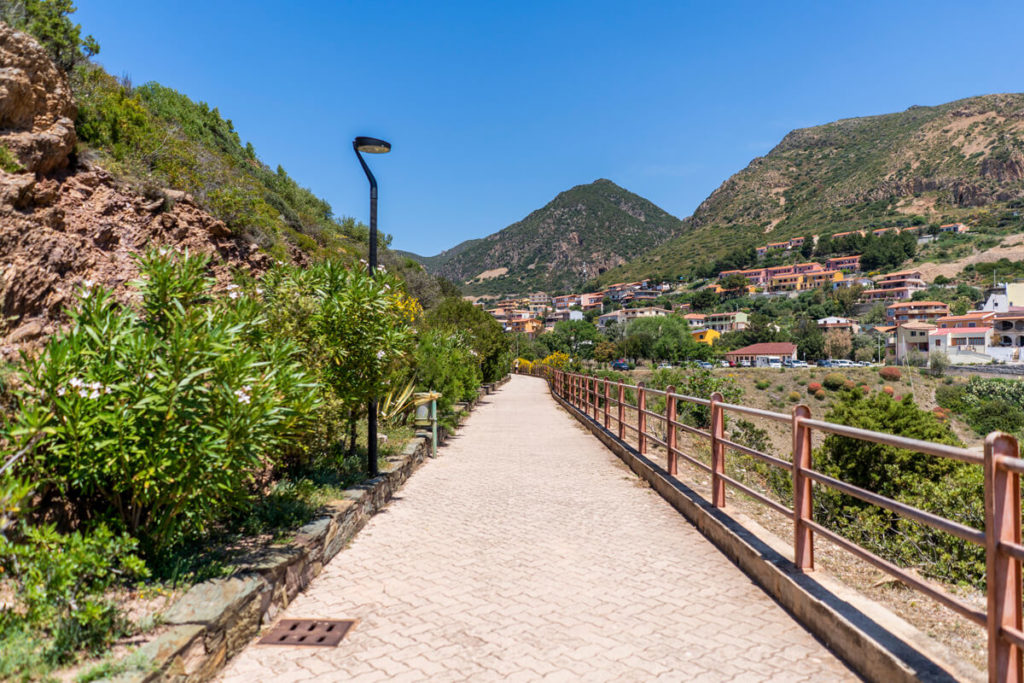
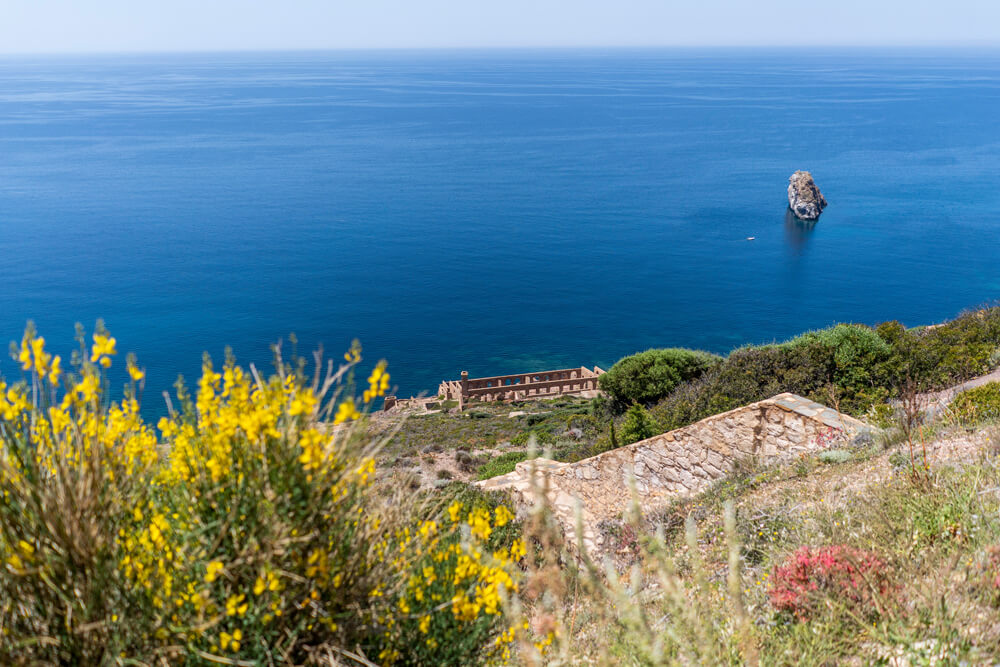
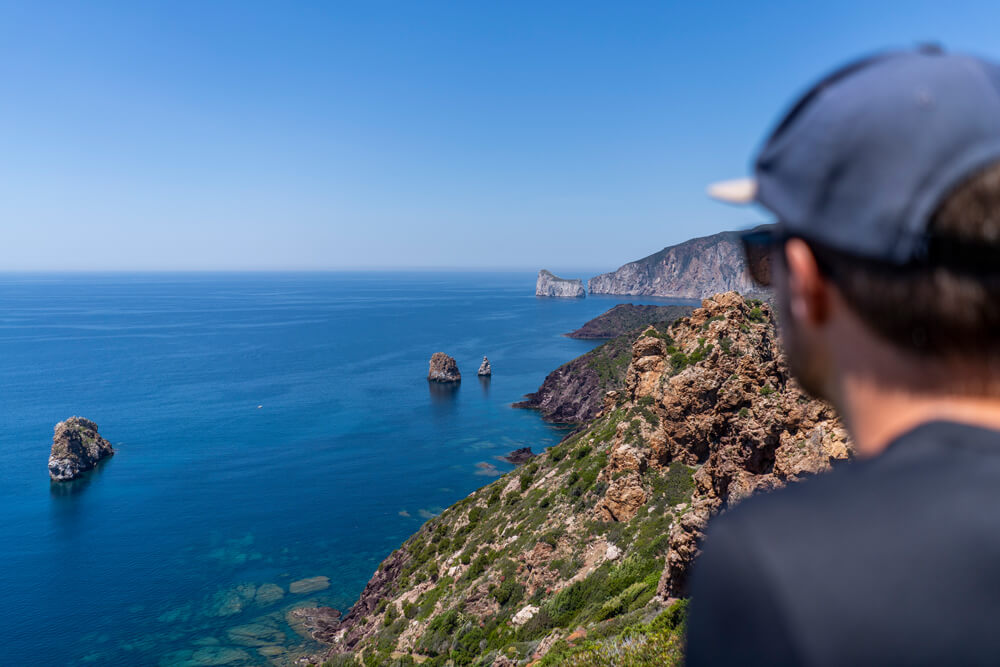
By the way: In western Sardinia, you’ll often stumble across old mining ruins, as the island was an important mining location for over two thousand years, including silver, zinc, coal, copper, and lead. Until 1911, there were around 120 active mines on the island, employing an estimated 13,000 workers.
However, between the 1960s and 1980s, almost all mines closed (low demand / increased competition from abroad), and many mines were doomed to decline. You can get an interesting insight into this at the Serbariu Coal Mine Museum in Carbonia.
9. S’Ortu Mannu Olive Tree Park
By chance, we discovered the huge “Olive Tree Park” near Carbonia on Google Maps. The approximately 700 impressive trees have mighty trunks and branches, as well as dense foliage. The olive grove was planted in the 14th to 16th centuries and is now tended by the families of the town of Villamassargia.
Each family has its own tree, which is marked in the trunk with the initials of the family head. The Villamassargia Olive Festival, which always takes place on the last Sunday in October, is said to be well worth seeing.
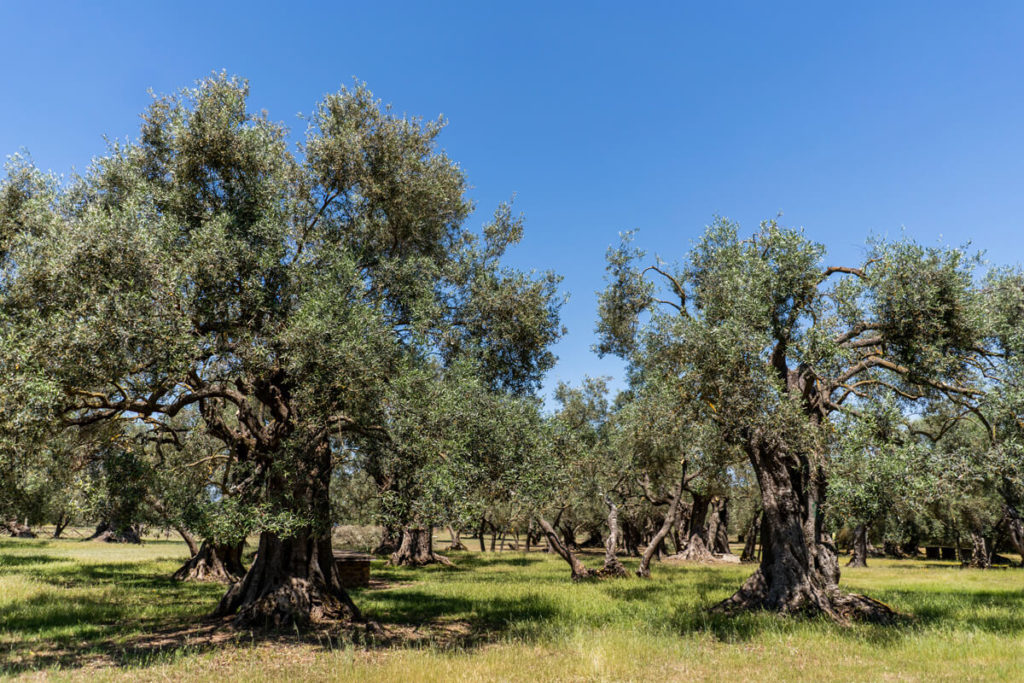
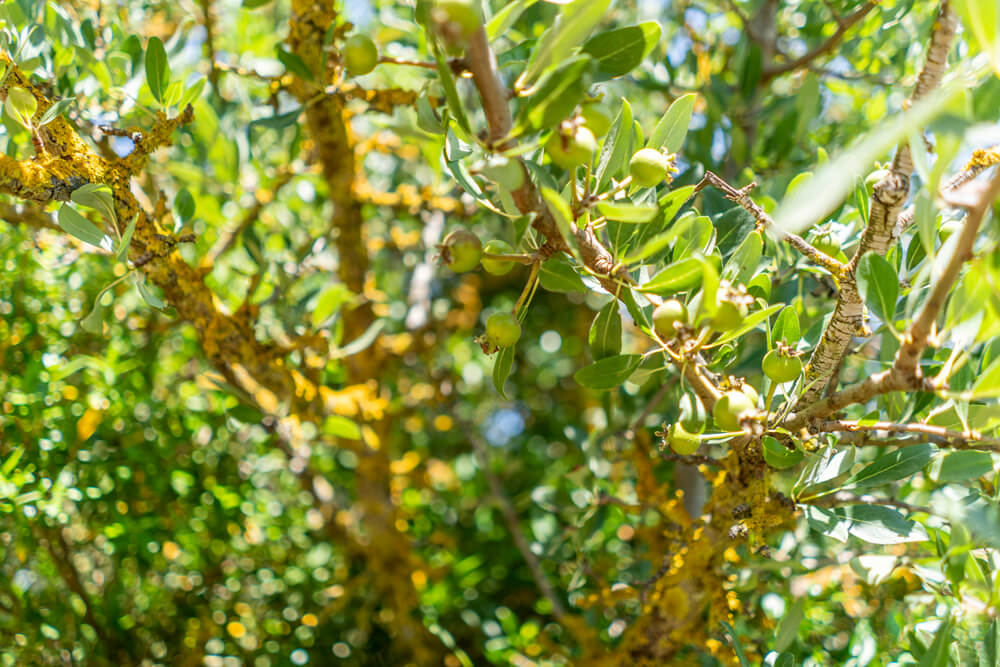
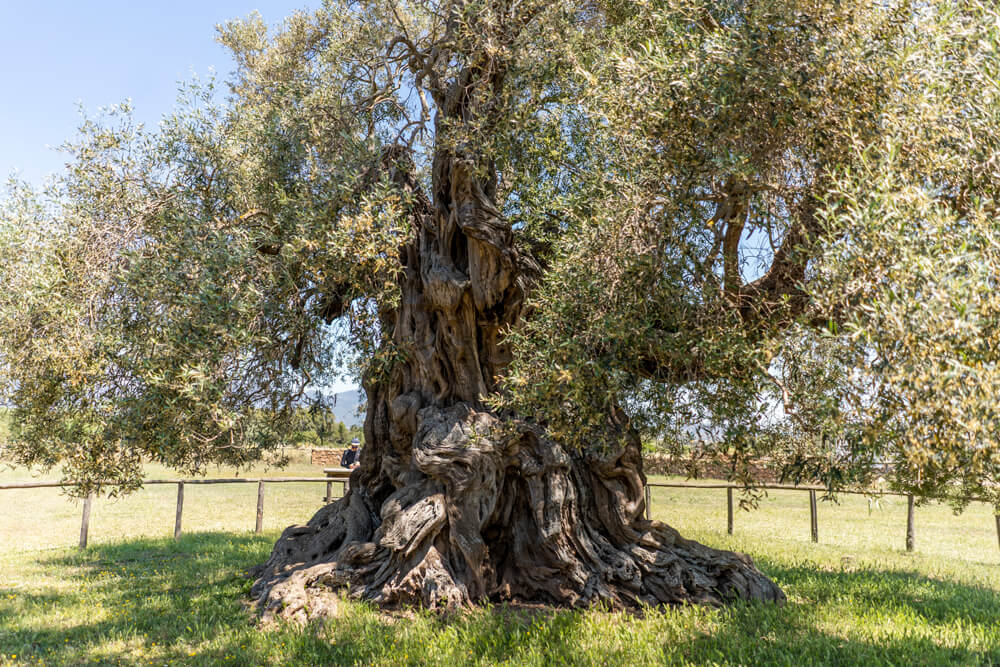
10. Exploring Iglesias
Unfortunately, we didn’t have time to explore the beautiful town of Iglesias. Nevertheless, we would like to share a few recommendations from other travelers. Thanks to the mining of zinc, lead, and silver, Iglesias was once one of the richest towns in Sardinia. We were recommended the old town with its lovingly restored town houses and squares, the Cathedral of Santa Chiara, and the Grotta di San Giovanni, about 15 km away. The many colorful umbrellas found on Via Giacomo Matteotti make for a wonderful photo opportunity.
Sardinia’s Sights in the West – Our Conclusion
The west of Sardinia is more rugged, wild, and undeveloped along the hilly, green coast. There are significantly fewer cars and tourists here, and the island reveals its lesser-known side. We particularly enjoyed the stunningly beautiful panoramic roads, the picturesque and authentic towns, the diverse Sinis Peninsula, the flamingo colonies, and the warmth and openness of the locals. If you have enough time, take a few days to the west of Sardinia and see the many great highlights for yourself.
How much time should I plan for the west of Sardinia?
If you’re planning a trip through the west of Sardinia, you should allow at least 4 to 5 days, although 7 days is better. We recommend the west of Sardinia for round-trip travelers who have enough time. If you only have 7 to 10 days, you should focus on the north, east, and/or south.
The western region of the island is rougher, wilder, and less developed, and has a charm all its own. The beautiful town of Bosa, the Sinis Peninsula, and, for many previous guests, the two islands of Sant’Antioco and San Pietro are definitely worth highlighting.
When is the best time to travel to Sardinia?
We are absolute fans of the off-season! For us, the month of May was simply perfect, as the temperatures were already summery warm, but costs were still relatively low (free parking, etc.). There weren’t that many tourists on the island yet, which made our trip super relaxing. Locals told us that we should especially avoid the months of July and August, as the Italians themselves are on vacation during these months, and the island is supposedly completely overcrowded.
The many beautiful beaches are full, the hotspots are overcrowded, and rental car and hotel prices are significantly higher. The best time to travel to Sardinia is in May, early June, or from the end of September to October. The island is much more relaxed then. In May, we had temperatures between 27 and 30 degrees Celsius almost every day, barely a cloud in the sky, and flowers blooming everywhere. We also went swimming on many beaches, as the water temperatures in May were already very pleasant.
Which accommodations can you recommend?
Generally, you’ll find countless hotels, B&Bs, guesthouses, and guest rooms in Sardinia. Before our trip, we did extensive research because we wanted to stay in nice accommodations. It was important to us that these were small, cozy accommodations rather than large hotel complexes. In our separate article, we have listed all the accommodations, presented them in more detail, and provided links. Be sure to check it out:
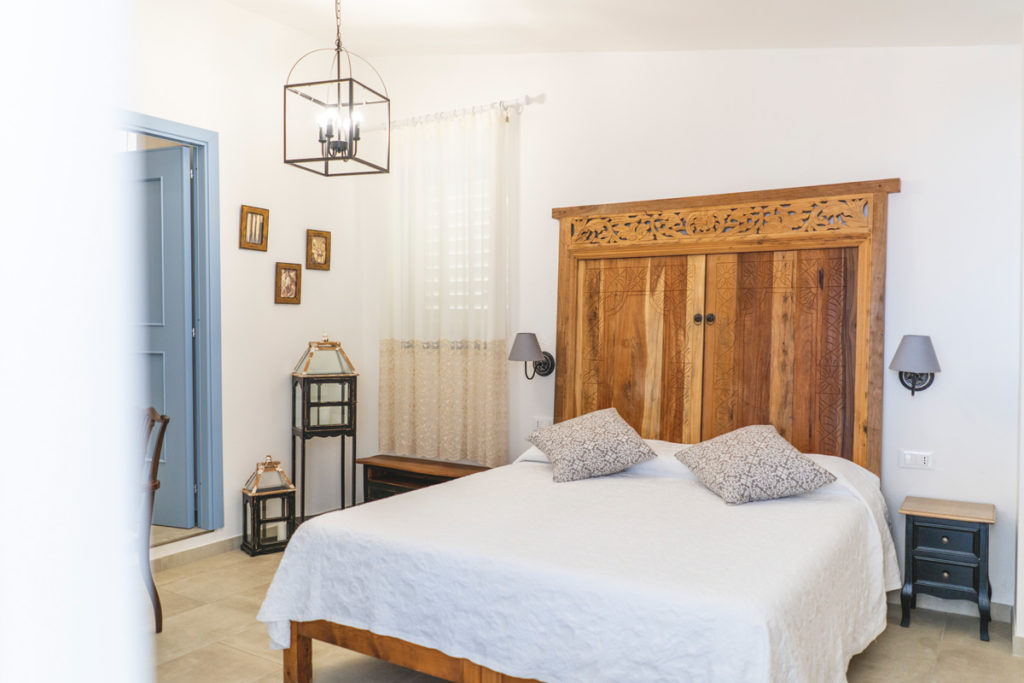
How much does a rental car cost in Sardinia?
Rental cars are currently very expensive throughout Europe, including in Sardinia. During peak season, you can currently expect to pay between €90 and €110 per day. We were lucky and spent a long time comparing prices, repeatedly canceling our booking. While we would have had to pay €899 (€59 per day) for two weeks with the first booking, after the fourth booking it was “only” €582 (€39 per day). So it’s worth keeping an eye on prices even after booking. We’ve been booking our cars at www.billiger-mietwagen.de* for many years and can only recommend this site.
How much does a Sardinia tour cost?
We diligently kept a budget and noted all expenses during our trip. Prices naturally vary and depend, among other things, on the time of travel, the type of rental car, your own requirements, and the choice of accommodation. Especially in July and August, you can expect significantly higher costs. We spent approximately €1,400 per person for 15 days in Sardinia (including flights, rental car, gasoline, accommodation, excursions, food, etc.).
We were on the island from mid-May to the end of May and were able to enjoy the benefits of the off-season several times. And by that, we don’t just mean the financial advantages, but also the empty streets and beaches, the few tourists, the lush landscapes, and the wonderful climate. For us, this month was simply perfect, and our trip couldn’t have been more beautiful. You can find a detailed list of all costs here:
Which travel guide should I use for planning?
Are you still looking for a suitable travel guide for your trip to Sardinia? We recommend the travel guide from DuMont Verlag* and the travel guide from Marco Polo*. We used both guides to explore the island and frequently consulted them, especially on longer car journeys. If you prefer more detailed information, you should get the travel guide from Michael Müller Verlag*. However, we also like to use Google Maps to plan our trip and mark interesting places in advance that we might want to visit.